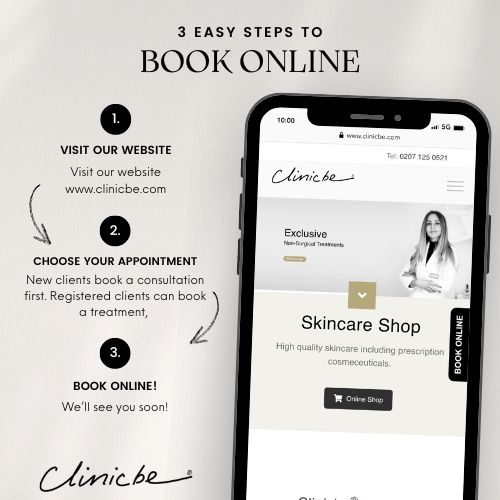Intense Medical Skin Treatment
Chemical skin peels are an effective technique used to provide intense exfoliation.
A chemical skin peel will remove the top layer of skin from the patient’s treatment area – usually the face, neck or hands – taking dead skin cells and excessive oiliness as well as blemishes and signs of ageing while also promoting skin cell renewal. Chemical peels can be highly beneficial for many skin types and concerns, as they improve blemishes and promote skin cell renewal. They are a popular option to remove fine lines and wrinkles and to heal skin that has been damaged in other ways. The right peel can even be beneficial for improving acne scarring.
A chemical skin peel usually comprises a course of treatments, the details of which can be discussed during an initial consultation.
How Does a Chemical Peel Work?
During a chemical peel, the patient’s treatment area will be cleaned thoroughly, and then a chemical solution is applied to the treatment area. This will make the skin blister, and eventually, it will peel off – leaving new, younger, fresher skin behind underneath.
After treatment, soothing creams are applied and penetrated deeply into the skin. A course of specialist aftercare products is often recommended. In addition, a pre-course skin preparation programme may be advised in order to get optimal peel results.
Who Should Consider a Chemical Peel?
Chemical peels can be used to treat a wide range of problems, and are not just an anti-ageing solution. Chemical peels are commonly used to reduce and treat:
- Fine lines and wrinkles
- Age spots, freckles and dark spots
- Certain kinds of acne
- Mild scars
- Old, tired-looking skin
- Dehydrated, dry skin
Chemical peels are popular with a wide range of people – male and female, of all ages.







